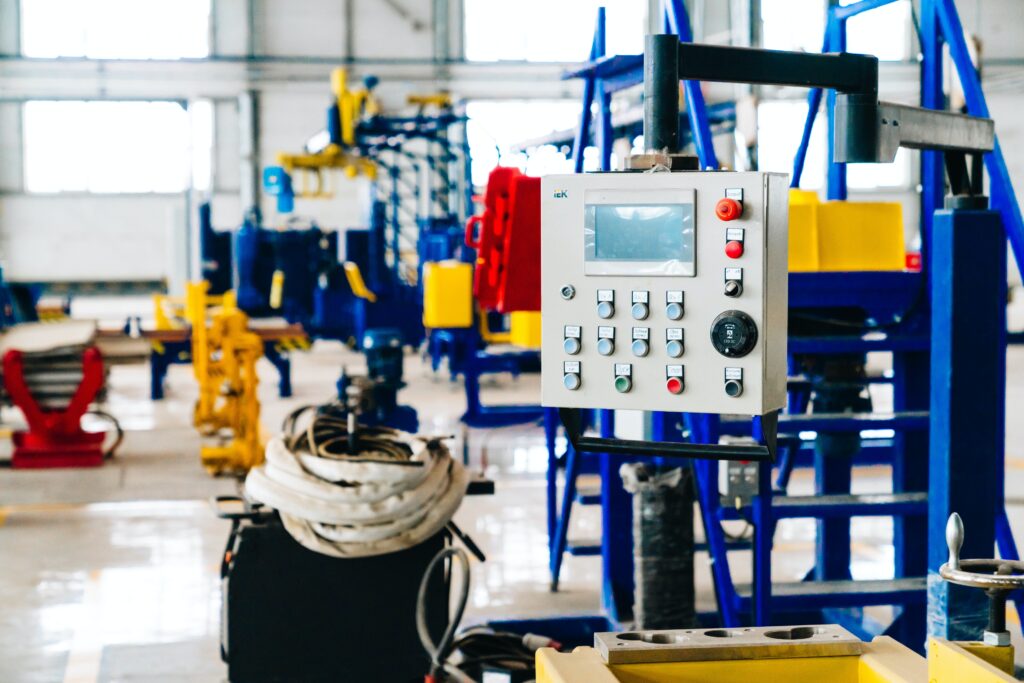Automation is the application of technology that requires less human involvement. Simple chores can be automated using tools to simplify and hasten any procedure. Examples of typical automation solutions include, Users of mobile apps can speed up a variety of tasks, including grocery lists, internet shopping, banking, food ordering, and in-store payments. These programmes are frequently used in tandem with another user. Siri or Amazon Alexa are examples of virtual or voice assistants. These technologies allow users to speak directly to their gadgets. They can ask a question, add products to their shopping list, and play music—all these functions are linked to the user’s phone. A refrigerator, dishwasher, and washing machine are some of the other home appliances that are also becoming smart and connected.

Businesses today turn to automation, as leveraging automation techniques aids them to optimise the time used by their employees, effectively utilise the resources needed for business, and offer a better customer experience. Automation helps investors and their teams free themselves from laborious or time-consuming duties. They can devote more time to tasks that are crucial to the business, such as reducing the risks associated with merger and acquisition transactions, resolving infantile issues, and organising post-merger integration. Modern businesses of all sizes use automation that involves subtle elements of frequently used software programmes, as well as more visible examples like self-driving cars or autonomous robots.
Let us now discuss in detail how automation is helping businesses make profits. Automation is essential for controlling, modifying, and adjusting not only one’s IT infrastructure but also the ways in which the business’s processes run. Automation makes change easier, allowing us more time and energy to concentrate on innovation. The automated enterprise wants to complete tasks more quickly. In turn, this frees up IT professionals to concentrate on larger problems, solve them, and set them up as an automated routine.. The main advantages of operations automation that were most frequently highlighted are:
- Bringing down operating costs
Businesses face pressure to boost its profitability on a worldwide scale. One strategy is to cut expenses or the cost. Automation software is a better and more clever way to limit costs and cut back. Giving the customer (end user) additional service while steadily reducing expenses offers the best opportunity for businesses to expand. The total cost of ownership has been declining, and most modern servers require minimal maintenance. Even so, up to 71% of the overall cost may be spent on the operations staff.
- Rise in productivity

Automation can also enhance business management, which promotes expansion and profitability. According to research, automation can increase productivity in a variety of ways at the organisational level when businesses prioritises on innovation and growth by enhancing internal processes, productivity, and efficiency rise. Employees may now devote more attention to manual activities and more time to strategy, innovation, and technology due to process automation. Automation is one of the main contributors to rising productivity.
- Possibility of High Availability
High availability is unquestionably one of the key goals of any IT administration. Automation is also helpful in this circumstance. Even though a disc drive could crash, things get worse if there is no sufficient backup, or even worse, if the backup source cannot be located. Automating your backup and recovery processes will safeguard you from potential disasters like disc loss or inadvertent system damage brought on by human error.
- Gaining Reliability
The availability of equipment and its capacity to perform efficiently and inexpensively are aspects of reliability. It is essential for forecasting equipment productivity and failure risk over the course of their useful lives. Organizations use indicators like the mean time between failures and total equipment efficiency to quantify the reliability of equipment. These metrics call for constant observation of the working state of the equipment because they are data intensive. Automation improves the administration of operations and maintenance data while increasing the efficiency of processes and machinery. Businesses can increase the number and quality of their products by automating equipment. Many automation solutions make it easier to gather and store production data over time. Additionally, they reduce the likelihood of human errors, which raise the risk of equipment or process failures.
- Improved Performance
The general process of performing work manually may increase the possibility of human error, e.g., setting up the wrong priority for a ticket. Automated work performances not only improve the speed but also the accuracy of service desk processes by diminishing the probability of human-made errors and instability.
Companies that use automation
There are lot of companies today that utilise the full potential of automation to make their work processes faster. Some of the big companies among them are:
- Unilever, a multinational consumer goods company that uses automation to improve productivity. Unilever’s team use AI to reduce hiring time by up to 90% and save GBP 1 million on their recruitment strategy in a single year.
- The largest e-commerce platform in the world, Alibaba, a Chinese retail powerhouse, uses intelligent automation on a regular basis. Alibaba uses automation in many of its side projects, but the most significant ways it uses are for retail, shipping, logistics, predictions, and descriptions.
- HSBC
HSBC is a banking and financial organisation that wanted to improve its workplace performance and productivity. It wanted to boost its shareholder returns and improve customer service. Due to this, the bank implemented intelligent automation strategies in the company. Due to this implementation and integration, along with data mapping, and other related automated systems, HSBC bank makes its employees’ lives much easier than before.
Conclusion
In today’s world, every company is on the verge of leveraging the automation system, especially when the technology becomes ultra-modern. Gradually, the automation will advance the companies and eventually the economy.
If you are interested to learn more about automation, then please visit:
Mecademic Boosts Microautomation With Latest MicroDASH Series
Swedish Manufacturer Kinnareds Well Selects Rockwell Automation’s HMI for its assembly line






























